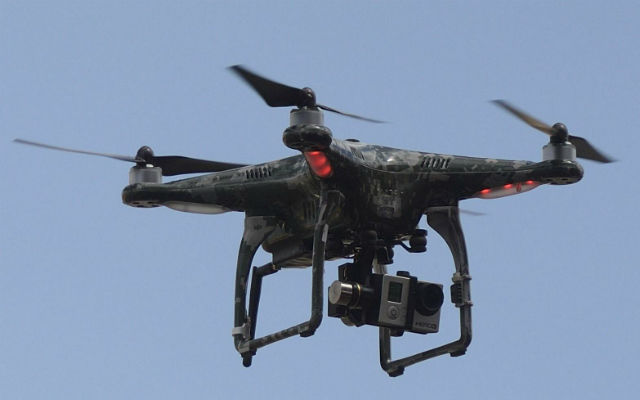The UK’s House of Lords has published a series of recommendations on the civilian use of unmanned air vehicles within the EU, specifically targeting “leisure” UAV use, which it says is at risk of jeopardising the integration of these aircraft into unsegregated airspace.
In an effort to prevent misuse of UAVs stunting the burgeoning industry that is developing in Europe, the house has recommended that the laws surrounding the use of remotely piloted air systems be better communicated, that UAVs be tracked and that law enforcement be more widely used.
The House of Lords EU Committee paper is based on evidence collected from relevant parties in response to a European Commission communication released in April 2014 that called for Europe to be a “global leader” in the RPAS industry.
Although the paper largely focuses on the commercial use of UAVs, attention is paid to a new category of “leisure users”, defined as those who are not regulated as commercial RPAS pilots or as members of a model plane flying club, yet can access the same technology because of the proliferation and low cost point of these systems.
“The potential benefits from the increased civilian use of RPAS are such that we certainly do not support banning the leisure use of RPAS,” the committee says in the paper. “However, we believe that the hazard presented by leisure users needs to be addressed.”

Rex Features
Interested parties were noted as taking “very seriously” the risk that misuse by leisure users could have on the RPAS market, and the committee uses an incident from July 2014 to illustrate this concern.
On this occasion a UAV entered the path of an Airbus A320 that was landing at London Heathrow, an incident the Civil Aviation Authority consequently gave an “A” rating for the risk of collision that it posed. The lack of knowledge this type of user has could have an impact on the public’s opinion on the integration of UAVs into unrestricted airspace, it adds.
The paper says that in its evidence, the CAA acknowledged the importance of ensuring that “two similar devices being flown in the same location, one used recreationally and one used commercially, are not subject to drastically different regulatory requirements”. However, third-party liability insurance is currently required for commercial but not leisure operations, and pilot qualifications are required for the former but not the latter.
In the short term, the House of Lords suggests that awareness be raised on the regulations around the use of such devices, that information be published on the packaging of the product, that the public be consulted further and that “geo-fencing” be utilised to limit where the aircraft can fly.
Geo-fencing uses geographical information stored on a GPS-equipped RPAS to prevent it from flying in areas selected by the manufacturer, the house says.
“This could be used to limit flights near airports, or above certain altitudes. When an RPAS encounters a bounded area, it can be programmed to fly downward to the ground,” the committee says.
“Geo-fencing could be a useful tool for preventing hazardous RPAS flights in sensitive areas, but it is not yet universally available. Over the next year, we recommend that the government, along with the Commission, should approach industry to assess how this technology could be more widely applied.”
Rex Features
Furthermore, the paper suggests that an online database be established so that commercial UAV pilots can share flightplan data.
“One of the benefits of such a database would be that RPAS pilots could use it to inform members of the public of their data protection policies to make it easier for individuals to rely on their data protection rights,” it adds.
It also heard “compelling arguments” as to why the leisure use of RPAS presents risks to the general public and other airspace users.
“In the long term, we foresee the need for a system which can track and trace all RPAS, especially those flying below 500ft, irrespective of whether they are flown by commercial or leisure pilots,” it notes. “This will be essential not only to manage the increased traffic in the sky, but also to enforce existing and future laws governing RPAS use.”
The house also supports more police involvement in enforcing laws that cover the use of these aircraft.
Notably, although it is not an airworthiness concern, the paper suggests that the Commission consider mandating that all UAVs weighing less than 2kg carry a CE marking that would introduce basic quality standards for these systems.
Source: FlightGlobal.com


























